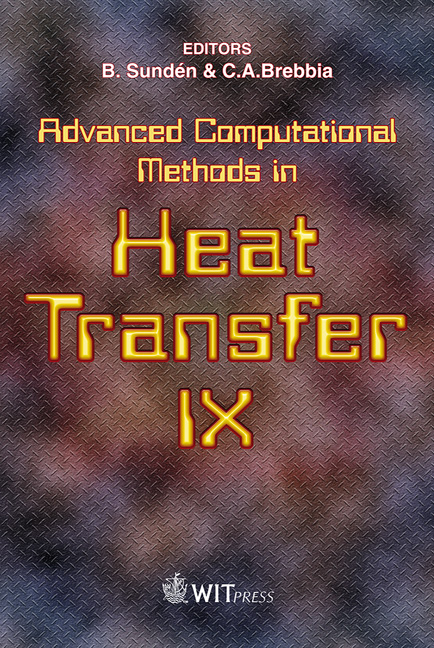Experimental Studies Of Heat Transfer Between Crystal, Crucible Elements, And Surrounding Media When Growing Large-size Alkali Halide Ingots With Melt Feeding
Price
Free (open access)
Transaction
Volume
53
Pages
8
Published
2006
Size
1,168 kb
Paper DOI
10.2495/HT060191
Copyright
WIT Press
Author(s)
V. I. Goriletsky, B. V. Grinyov, O. Ts. Sidletskiy, V. V. Vasilyev, M. M. Tymoshenko & V. I. Sumin
Abstract
A series of time stages of heat transfer between the growing crystal and the growth furnace inner elements (different parts of the crucible, water-cooled walls of the growth chamber) have been revealed at growth of АI ВVII crystals. Experimental data on temperature changes of these objects have been obtained for the first time using non-contact pyrometry methods. Some causes of structure defects formation connected with intensification of heat transfer from the growing ingot to the water-cooled walls of the growth chamber and leading to unavoidable melt supercooling have been determined. The causes of crystallization front shape changes initiated by thermal flux from the crucible elements to the melt surface have been established. Keywords: crystal growth, condensate, heat transfer, temperature distribution, pyrometry. 1 Introduction Until now, in comparison to the Czochralsky growth, a lack of direct experimental studies concerning heat transfer processes inside the vacuum water cooled growth camera has been observed for automated continuous feed method developed by Eidelman et al. [1]. In many instances, this fact is connected with the condensate (layer of evaporated melt components) precipitating on growing crystal and growth furnace inner elements. Utilization of IR-pyrometry is, probably, the one suitable method of measurements at the growth of alkali halide
Keywords
crystal growth, condensate, heat transfer, temperature distribution, pyrometry.





